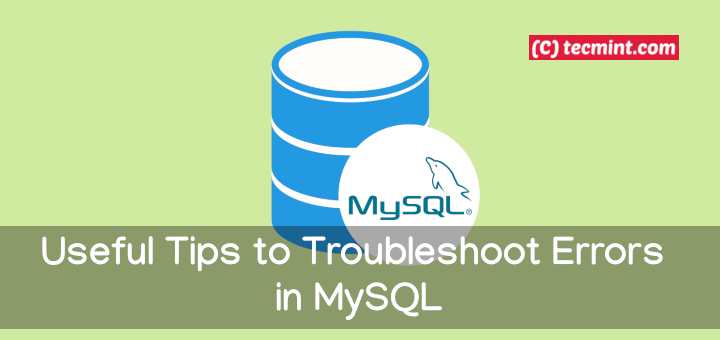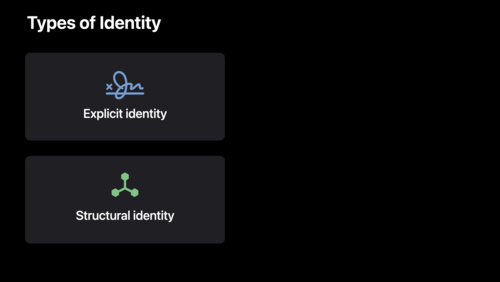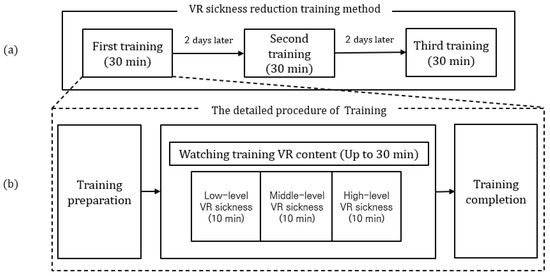Tips and Tricks for Nix Flakes
After working with Nix flakes for a while you develop a sense for how to interact with them in more efficient or ergonomic ways. That said, a number of the interactions I'm about to describe were extremely non-obvious to me, especially as someone who had never peeked at their actual implementation.
Being aware of this functionality can be useful in ensuring that all inputs agree on the same common dependency: for example, using the same revision of nixpkgs can avoid having multiple versions of the same package floating in the output closure, each built with slightly different dependencies coming from different nixpkgs commits.
The nix flake check command is a great way to ensure that the entire flake configuration is up to snuff with a single invocation. It's also a great target for your CI system to run so you don't have to keep reconfiguring it whenever a new package or system configuration is added.
Sometimes it can be useful to (interactively) explore what a flake holds which you can't easily spot via something like nix flake show (things like "what is the actual derivation for X check", or exploring the fully evaluated configurations of a NixOS configuration, etc.). This is where nix repl becomes very useful.













